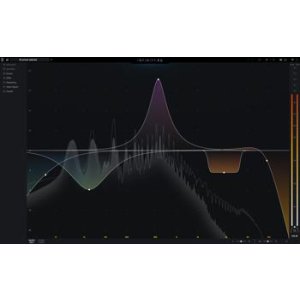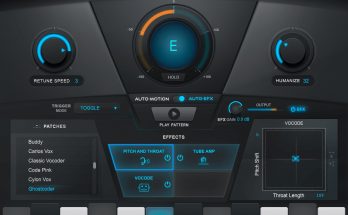

#Sound radix surfereq boogie how to
I have no idea how to check that point, but can say that the results sound impressive, very smooth and analogue-like.
#Sound radix surfereq boogie code
Sound Radix say that they’ve designed the EQ algorithms themselves, rather than rely on a code library. This interacts with the other boosts and cuts to give you some unique and very useful sounds. An interesting facility is a special ‘harmonic filter’, which boosts/cuts all the harmonics going up the spectrum, as indicated by a rippling line. The first and last of these bands may be switched, if you prefer, to act as shelving filters, and there are two further variable high- and low-pass filters. In terms of basic control, there are five proportional-Q bands where you select from four basic Q settings, with the curve getting narrower the more you boost or cut. In other words, you can turn the ‘surf’ function off on a per-band basis (though there’s no master surf-bypass control, unfortunately).

It’s worth noting that SurferEQ also functions as a standard EQ. With SurferEQ you can target that area in such a way that the EQ curve moves neatly out of the way when they would otherwise interfere. I often find myself wanting to do this with electric bass, but end up battling to prevent the EQ cuts altering the level of some of the notes to an unacceptable degree. Another scenario where it shines is when you wish to cut some mud from the 180-220 Hz sort of area. You can EQ to bring up or attenuate certain harmonics, and that character remains pretty consistent whatever note is played. It works well with any melodic sound, including vocals, but perhaps the best example is when using it on a bass guitar. The reason this is so wonderful is that it boosts and cuts the same harmonic information regardless of the note played - and that means that the result sounds much smoother than when boosting or cutting melodic material with a conventional EQ. The basic idea is that the plug-in detects the dominant frequency or pitch of the incoming audio, in much the same way as a tuner or pitch-correction processor does then, on the basis of that information, it shifts the EQ curve you’ve dialled in up or down the frequency spectrum to follow changes in the detected pitch. In essence, this is a ‘pitch-tracking equaliser’. I’ve been aware of Sound Radix’s SurferEQ for a few years now but, for some reason, have only recently managed to find the time to give it a thorough test drive.


 0 kommentar(er)
0 kommentar(er)
